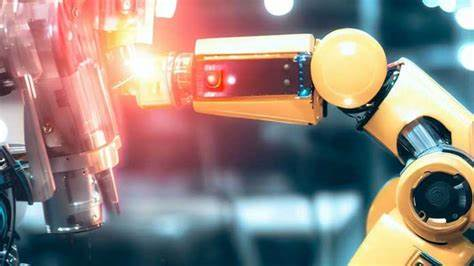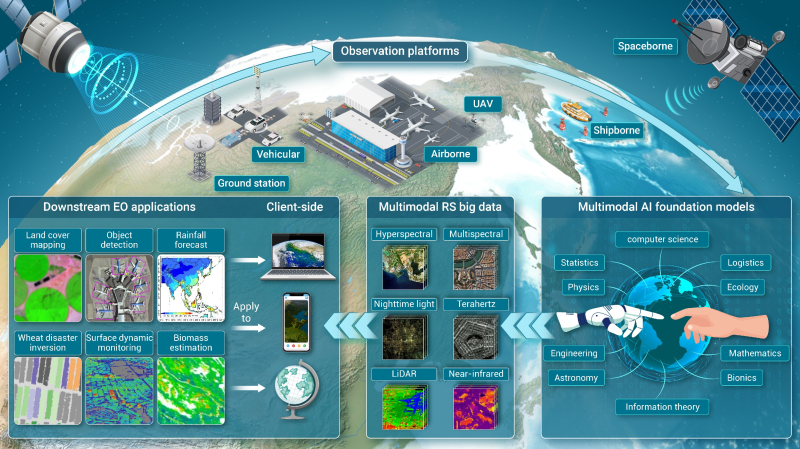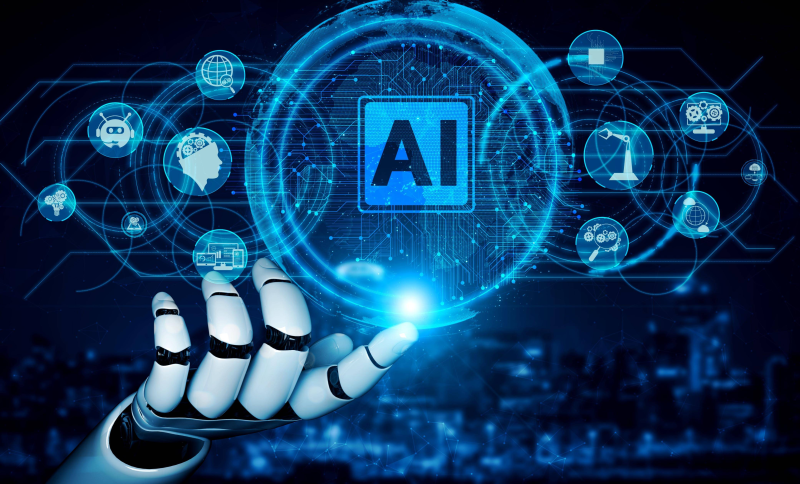Artificial Intelligence (AI) has been making significant strides across various sectors, and the industrial landscape is no exception. The integration of AI into industrial processes has led to increased efficiency, reduced costs, and enhanced productivity. One of the most promising applications of AI in industry is embodied intelligence, which focuses on creating intelligent systems that can perceive, reason, and act in the physical world. This article delves into the rise of embodied intelligence in sorting and lifting robots, exploring their capabilities, performance, ethical considerations, and future potential.

Understanding Embodied Intelligence
Embodied intelligence is a concept that emphasizes the importance of physical interaction with the environment to achieve intelligent behavior. It combines AI algorithms with robotic hardware to create systems that can learn from their surroundings and adapt their actions accordingly. This approach allows robots to handle complex tasks more effectively by leveraging their physical presence and sensory capabilities. In industrial settings, embodied intelligence enables robots to perform tasks such as sorting and lifting with greater precision and flexibility.
Applications in Sorting and Lifting Robots
Sorting robots have become indispensable in modern logistics and manufacturing. These robots use advanced sensors and AI algorithms to identify and sort items based on various criteria such as size, shape, and weight. They can operate continuously without fatigue, achieving high throughput rates and maintaining a sorting accuracy of up to 99.99%. This level of efficiency is crucial for e-commerce fulfillment centers and warehouses that handle large volumes of goods.
On the other hand, lifting robots are designed to handle heavy loads and navigate complex environments. Autonomous mobile robots (AMRs) like the Youibot L300 and L1000 can lift and transport goods weighing up to 1000 kg. These robots use SLAM (Simultaneous Localization and Mapping) and QR code navigation to move safely and accurately within manufacturing facilities. Their ability to operate autonomously and integrate with existing logistics systems makes them valuable assets in the industrial sector.
Performance and Comparison
When compared to traditional sorting and lifting methods, AI-powered robots offer several advantages. Traditional methods often rely on human labor, which can be time-consuming, error-prone, and costly. In contrast, AI robots can work around the clock, reducing labor costs and minimizing the risk of errors. Additionally, these robots can be easily reprogrammed to accommodate changing sorting needs, making them highly adaptable to different industrial processes.
Open Source and Commercialization
The development and deployment of AI models often require significant resources and expertise. Open-source AI models provide a cost-effective solution for developers and researchers. Platforms like Hugging Face and Ollama offer tools and libraries that simplify the process of training, fine-tuning, and deploying AI models. However, commercializing these technologies also presents challenges, including ensuring reliability, scalability, and compliance with industry standards.
Ethical Considerations
As AI becomes more integrated into industrial processes, ethical considerations become increasingly important. Research and advisory firm Forrester identifies key principles of AI ethics, including fairness and bias, trust and transparency, accountability, social benefit, and privacy. Addressing these issues is crucial to ensure that AI technologies are used responsibly and do not have unintended negative consequences. For example, ensuring that AI systems do not perpetuate biases and that their decision-making processes are transparent can help build trust among users and stakeholders.
Future Outlook
The future of embodied intelligence in industry looks promising. Advancements in AI and robotics are expected to lead to even more capable and efficient robots. These technologies will play a crucial role in the development of Industry 4.0, where interconnected systems and intelligent automation will transform manufacturing and logistics. The potential for further integration with the Internet of Things (IoT) and other emerging technologies will also open up new opportunities for innovation and optimization.
Conclusion
In summary, embodied intelligence is revolutionizing the way sorting and lifting robots operate in industrial settings. By combining AI algorithms with physical robots, these systems can perform complex tasks more efficiently and accurately. While there are challenges to overcome, such as ethical considerations and commercialization hurdles, the benefits of embodied intelligence are clear. As technology continues to advance, we can expect to see even greater integration of AI in industry, driving productivity and innovation to new heights.
Questions and Answers
- What are the main advantages of using AI-powered sorting robots over traditional methods?
- AI-powered sorting robots offer higher efficiency, accuracy, and throughput. They can operate continuously without fatigue, reducing labor costs and minimizing errors.
- How do lifting robots ensure safety in industrial environments?
- Lifting robots use advanced navigation systems like SLAM and QR code navigation to move safely. They also have safety features such as emergency stop designs and bumpers to prevent accidents.
- What role do open-source AI models play in the development of industrial robots?
- Open-source AI models provide a cost-effective solution for developers, allowing them to train, fine-tune, and deploy AI models with tools like Hugging Face and Ollama.
- What are the key ethical principles to consider when deploying AI in industry?
- Key ethical principles include fairness and bias, trust and transparency, accountability, social benefit, and privacy. Ensuring that AI systems do not perpetuate biases and that their decision-making processes are transparent is crucial.
- How will embodied intelligence impact the future of Industry 4.0?
- Embodied intelligence will play a crucial role in the development of Industry 4.0 by enabling more efficient and intelligent automation. The integration of AI with the Internet of Things (IoT) will further enhance productivity and innovation.
- What are the challenges in commercializing AI technologies for industrial use?
- Commercializing AI technologies involves ensuring reliability, scalability, and compliance with industry standards. Addressing these challenges is essential for successful deployment and adoption.





